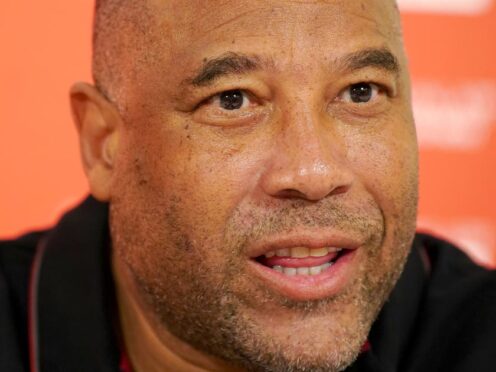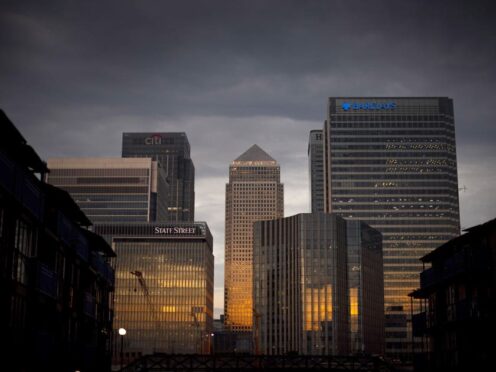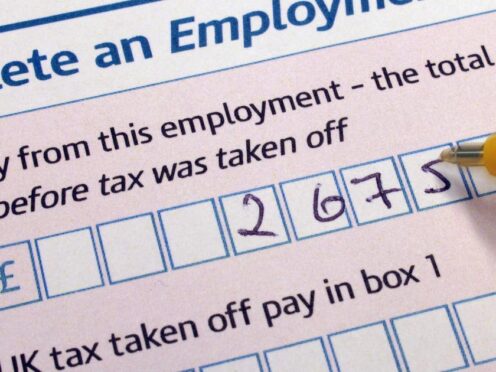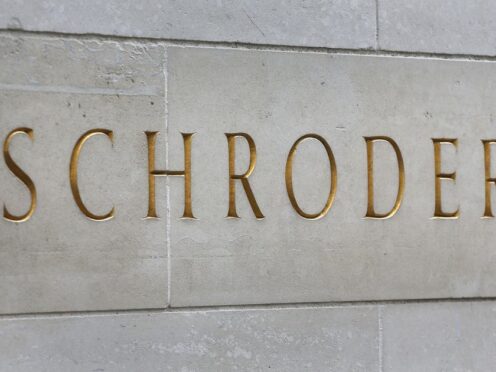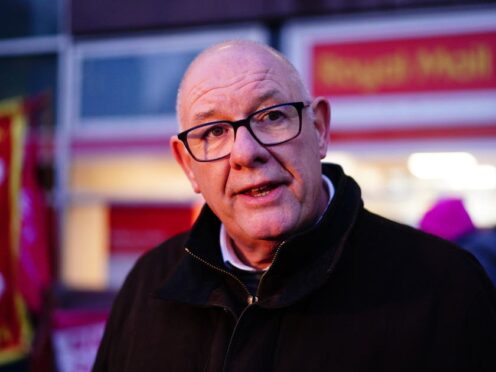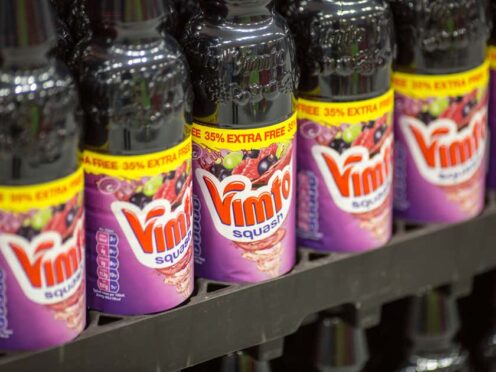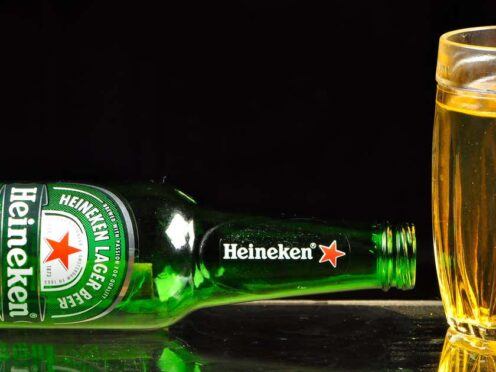President of the Scottish Licensed Trade Association Marshall Bain gives Michael Alexander a rundown of what the craft beer industry means to Scotland’s economy.
What is the appeal of craft beer to the consumer?
There has been a dramatic change in peoples drinking habits over the last 30 years.
In 1970 there were only 11 craft beer breweries in Scotland, the majority of beer sales came from the large breweries who monopolised the draft beer market.
Maybe they became complacent because of this and beer drinkers started to look for a better taste and quality in ales so a number of dedicated entrepreneurs thought they could meet the needs of the discerning ale drinker.
Their tenacity brought about a change in peoples drinking habits and led to the start of microbreweries.
No one could have imagined the demand that was to follow over the next three decades.
How important is the craft beer industry to Scotland’s economy?
The First Minister saw the potential and brewers can now access funding via the Scottish Government’s £500 million growth fund set up to encourage further investment in Scotland’s innovative industries.
There are now over 100 craft breweries in Scotland each producing around 50,000 litres a year.
The appeal of locally sourced products and their high standard, along with the ability to have smaller batches, made craft ales an attractive alternative to the mass produced beers that had been traditionally sold.
Since 2011 there has been a 60% rise in sales of craft and real ales, an amazing increase in such a short space of time.
It is difficult to gauge how much of the Scottish market craft beer commands as there are no separate figures to distinguish between real ale and craft beer but an educated guess puts the sales of craft beer at around 5% of the market, it may seem small but there are world beer producers who would love that share of the Scottish beer market, so taken in context there is a buoyant market out there for good Scottish ales.
Scotland now has a thriving craft brewing industry. Where the number of breweries has increases to around one hundred real ale and craft breweries over the length and breadth of the country.
How important is the Tayside/Fife area to the craft beer industry?
Fife has always had vibrant pubs and bars and have their own local breweries in the area where St Andrews Brewing and Edenmill are renowned for their quality ales.
There are around 1000 people employed directly by the breweries but as most breweries prefer to use local produce the number of other jobs created has been a boon to the surrounding areas economy.
Is the craft beer industry a threat to the established beer industry and how has it had to adapt?
Undoubtedly the rise in craft been has given the large multinationals a shock, but they have responded by investing into small breweries and in fact bottle the beer for some of them. The rise in choice and availability has driven the large breweries to up their game and produce better quality beers to compete, that can only be good for consumers.
Is there a danger that craft beer grows ‘too big’ and loses its consumer appeal?
There is no doubt in my mind that “small is beautiful” has been a major influence in consumer confidence and small family breweries are a large part of the success of craft brewing,
Brewdog have grown dramatically over the years and that doesn’t seem to have caused them a problem but if you visit a small craft brewery you can see the dedication the brewer, staff and yes the consumers have when tasting their products.
What worries me is that if the success of the beers means that you have to increase production will you lose the charisma that has given the industry such meteoric success. I hope not but it is certainly worth monitoring.
What does the future hold for Scotland’s craft beer industry?
In what has been turbulent time for pubs and bars over the last decade it’s heartening to see the success and quality of our outstanding Scottish craft brewing industry.
The Scottish Licensed Trade Association has been the voice of the industry since 1880 and with the continuing innovation’s that our producers, bars and pubs create, we are confident that the Scottish hospitality industry will thrive for another 100 years.

